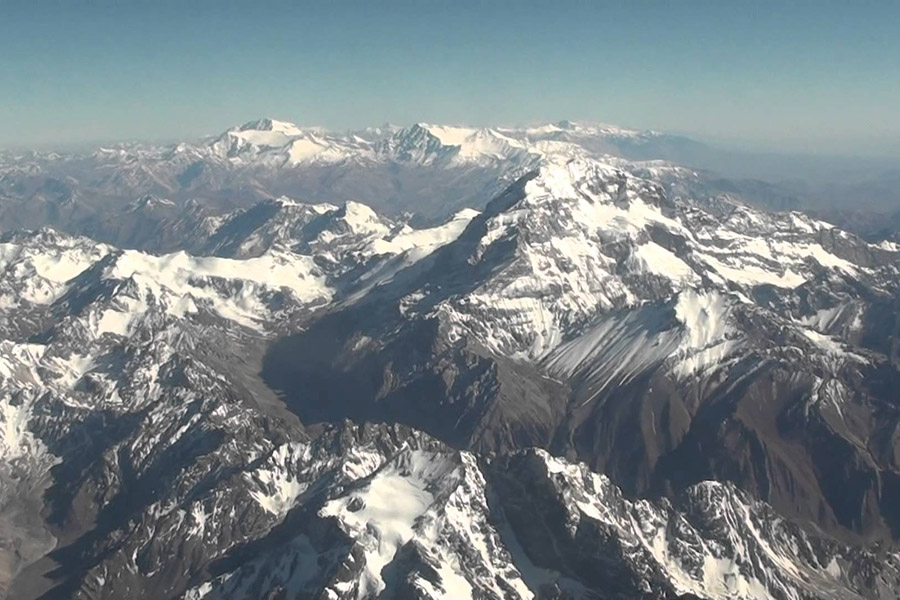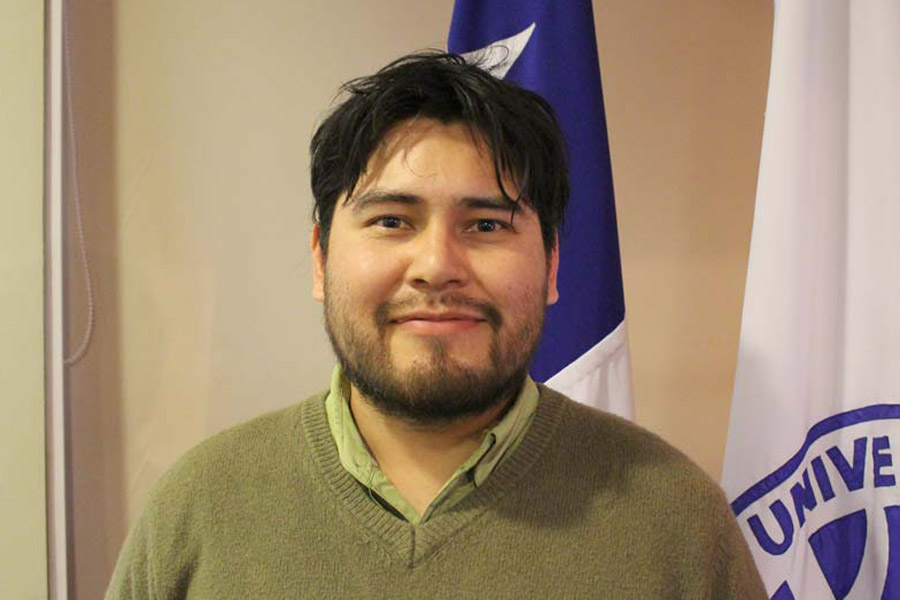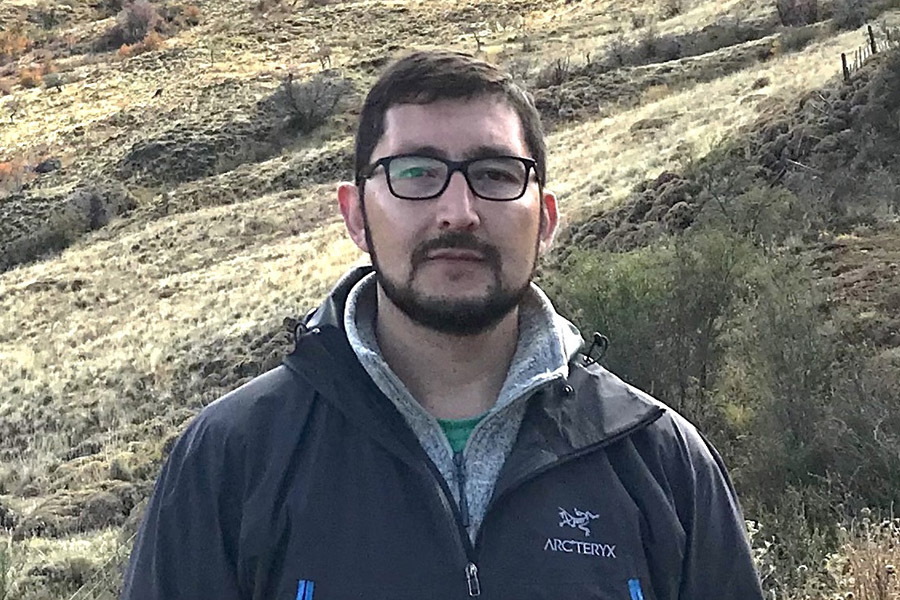|
To study, analyze and even predict landslides in the Center-South area of Chile are some of the aims of this new alliance of the Universidad de La Frontera. What happened in Villa Santa Lucía and Petrohué will be a reference for the study. The investment exceeds 630 thousand USD and the project will take 4 years. |
The Andes and the Himalayas will be under the same spotlight. And although both mountain ranges are separated by thousands of kilometers, both have something in common regarding their behavior, what alarms the group of UFRO researchers and the Institute of Mountain Hazards and Environment of the Chinese Academy of Sciences in China. It is an unprecedented alliance between the Faculty of Agricultural and Forestry Science and the Faculty of Engineering and Science, represented by Dr. Marcelo Somos and Dr. Ivo Fustos, together with Chen Ningsheng of IMHE and CAS, who are preparing themselves for the beginning of an ambitious research project with the objective of improving the art of prevention of and adaption to natural disasters. The project includes the study of cascade effects, incidents in the past, the understanding of mechanisms that lead to danger, and the proposal of new methodologies and technologies in order to improve the resilience and adaptability. In simpler terms, they will carefully examine the landslides occurred in nearby areas of the Andes and the Himalayas. But what do these two massifs have that could be interesting for the researchers? The answer comes from Dr. Fustos: “The landslides in both massifs are caused by subduction processes, which is when the oceanic plate sinks and slips under another continental plate. That’s when, although the angle of subduction in the Himalayas is lower compared to the Andes, both of them register landslides.” This is exactly what the scientists want to find out. Why does it happen, how often, which is the massifs’ history and, above all, how to predict an event like that in order to prevent, especially in the nearby villages and towns. “We are going to compare the areas in China and Chile, where landslides with similar characteristics have happened in the past, in order to understand the mechanisms that are causing this kind of events,” Dr. Somos explained. In December 2017, the village Santa Lucía of the commune Chaitén in the Los Lagos region was surprised and swept away by a flood caused by landslides, while three weeks after that another event like this occurred in the same region and swept away the road between Ensenada and Petrohué. Both incidents are references that will be compared, for example, to what happened in the area of Yigong in April 2000, when a rockslide travelled eight kilometers downstream in just ten minutes. “This is a comparative study with which we aspire to find new ways of monitoring and new knowledge to decipher these happenings, and to understand the main control factors. We will also generate methodologies that will allow a future joint cooperation in the search for funding for the implementation of solutions,” the researchers concluded.  Written by: the Rector’s Office Written by: the Rector’s Office |







